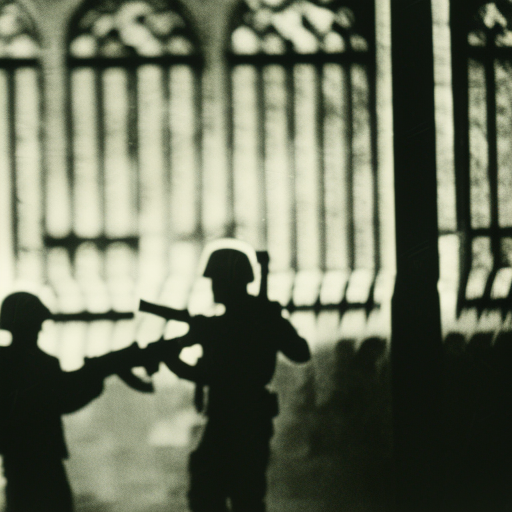Summary:
The War in Iraq was a military conflict that took place from 2003 to 2011, primarily between the United States and Iraq. It was initiated by the United States, claiming that Iraq possessed weapons of mass destruction and posed a threat to global security. The war resulted in the overthrow of Saddam Hussein’s regime, but it also led to a prolonged insurgency and sectarian violence in Iraq.
Background:
The roots of the war can be traced back to the Gulf War in 1991 when a U.S.-led coalition expelled Iraqi forces from Kuwait. In the aftermath of the Gulf War, the United Nations imposed economic sanctions on Iraq and established a system of weapons inspections to ensure Iraq’s compliance with disarmament obligations. However, tensions between Iraq and the international community persisted, with the United States accusing Iraq of concealing weapons of mass destruction.
Buildup to the War:
In 2002, the United States, under President George W. Bush, began making the case for military action against Iraq. The Bush administration argued that Iraq’s possession of weapons of mass destruction posed an imminent threat to the United States and its allies. Despite widespread international skepticism, the United States and its coalition partners, including the United Kingdom, launched a military invasion of Iraq on March 20, 2003.
The Invasion and Overthrow of Saddam Hussein:
The initial phase of the war, known as the invasion, involved a rapid and overwhelming display of military force by the United States and its allies. Baghdad, the capital of Iraq, fell on April 9, 2003, and Saddam Hussein’s regime was toppled. However, the subsequent occupation of Iraq proved to be much more challenging than anticipated.
Insurgency and Sectarian Violence:
Following the fall of Saddam Hussein, Iraq descended into a period of intense violence and instability. Insurgent groups, including remnants of Saddam’s regime and foreign fighters, launched a guerrilla war against the U.S.-led coalition forces. The insurgency was fueled by a combination of factors, including the disbanding of the Iraqi army, the marginalization of Sunni Muslims, and the rise of sectarian tensions between Sunni and Shia communities.
Role of Al-Qaeda and the Surge:
Al-Qaeda, an extremist Islamist group, also exploited the power vacuum in Iraq to establish a presence and carry out attacks. The situation in Iraq deteriorated further, with daily bombings, kidnappings, and sectarian killings becoming commonplace. In 2007, the United States implemented a new strategy known as the “surge,” which involved deploying additional troops to Iraq to quell the violence. The surge, combined with the emergence of Sunni tribal militias known as the Awakening Councils, succeeded in reducing the levels of violence.
Withdrawal and Aftermath:
In 2008, the United States and Iraq signed a security agreement that outlined a timeline for the withdrawal of U.S. forces from Iraq. The withdrawal was completed in December 2011, marking the end of the war. However, the legacy of the war in Iraq is complex and continues to shape the region. The conflict resulted in the deaths of hundreds of thousands of Iraqis and thousands of coalition troops. It also led to the displacement of millions of Iraqis and contributed to the rise of extremist groups, such as the Islamic State, in the region.
Conclusion:
The War in Iraq, initiated by the United States in 2003, was a military conflict that aimed to remove Saddam Hussein from power and eliminate Iraq’s alleged weapons of mass destruction. While the initial invasion succeeded in toppling Saddam’s regime, the subsequent occupation led to a prolonged insurgency and sectarian violence. The war’s legacy includes the loss of countless lives, the displacement of millions, and the destabilization of the region.












